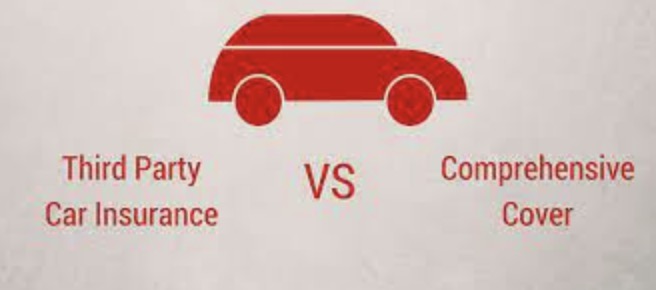Third-Party Insurance Covers usually play the role of covering the policyholders against the legal liabilities related to damages and injuries when an accident happens to a third party vehicle, property, or person. For instance, when a policyholder's car hits another car and damages it, the third-party insurance policy will cover the costs involved to pay for the damage incurred to the third party (the other vehicle).

Common Claims in Third-Party Insurance
As a rule, anyone can claim third-party insurance for damages incurred by a third party only. In addition, in cases where the policyholder has incurred injuries, they can be covered with their accident. The first party is usually the policyholder in a third-party insurance policy, while the second is the insurance company. The third is any other party that can file a claim against the policyholder's vehicle.
Some of the most common third-party insurance claims include:
Compensation in case the third party is physically disfigured.
Compensation of loss with the policyholder's car being responsible for the accident.
Hospitalization expenses, medical bills, and treatment expenses of the third party.
The Procedure of Making a Third-Party Claim
1. When the policyholder has damaged a third parties property or vehicle
The first process involves lodging an FIR with the police to obtain a charge sheet; the policyholder or the third party can initiate the process.
Share the insurance copy with the third party to make a claim.
The next step involves notifying the insurance company.
Filing for all third-party claims occurs at the Motor Accident Claims Tribunal (MACT). The third party should then file a case at the tribunal, taking up the case and settling the claim.
2. When a third party has damaged your vehicle
When there has been an accident, and there are damages by another person's car, the following is the procedure to make a third-party claim from the other party's insurance.
The first step is filing for an FIR with the local police to obtain a charge sheet following the damage.
The third-party must have unquestionable evidence that proves that the other party was the cause of the fault. Some reliable evidence may be photographic evidence, injury documentations, and hospital files indicating treatment fees.
In addition, one can indicate the names and details of the witnesses present when the accident happened. The witnesses indicated should be ready to support the claims.
The next step involves obtaining the third-party insurance details of the vehicle owner responsible for the fault.
Ensure to hire a motor vehicle claims lawyer or file a compensation claim with the tribunal (MACT).
MACT will accept or reject the compensation claims depending on the evidence present.
Documents Required when Making a Third Party Insurance Claim
When making a compensation claim, the following documents are essential:
Claim form; filed and signed.
FIR copy
Valid driving license copy
A copy of the first two pages of the policy document
Vehicle's registration certificate copy
Conclusion
It is advisable to settle the matter out of the court for minor damages or injuries. Usually, compensation duration depends on whether the case is in or out of court. Claims involving death, injuries, and extensive property damages may take one or two years.






